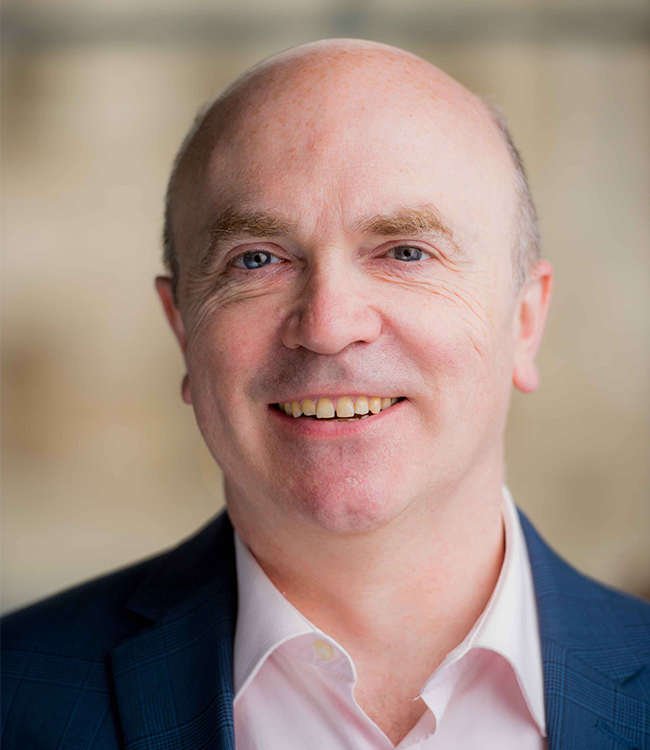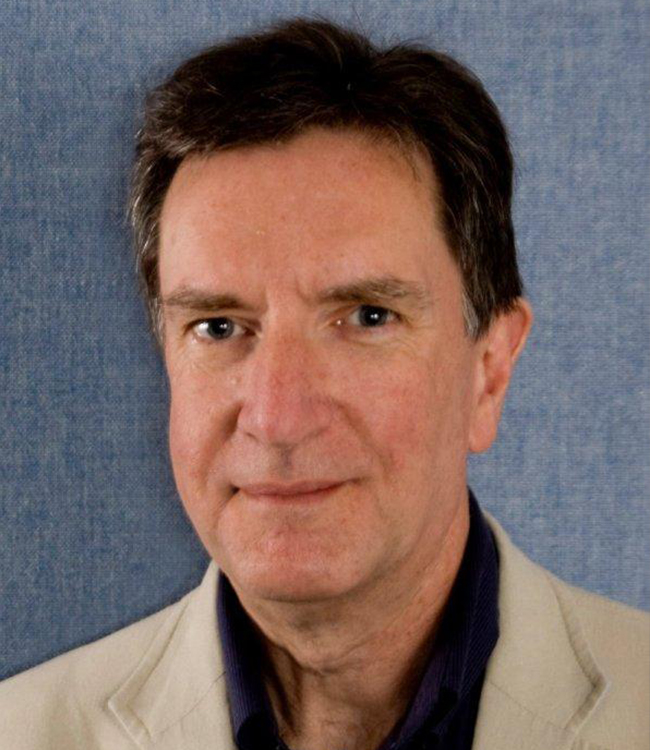About Locating Media Industries: Cities, Spaces, Places
Profound transformations in the ways media products are produced, distributed and consumed caused by digital technologies have ‘disrupted’ established business models, markets and relationships. The Covid pandemic accelerated the shift towards remote and hybrid working, which became habituated across all areas of professional life, shifted media conventions and festivals online and threatened the future of location-specific entertainment. However, as Ramon Lobato (2019) argues, these new online, digital processes do not entirely displace or supersede the older logics of analogue media but introduce new ‘layers of spatial complexity’ that need to be investigated and analysed asking why, how, and where are networked forms of media reconfiguring the spatial organisation of media industries? This conference asks: in what ways does locality retain importance for the media industries?
A focus on locality can help ground our understanding of how media industries are actually inhabited and lived, but also how media workers contribute to the formation of locations. Analyses of ‘the world media cities network’ (Krätke 2003), ‘global media cities’ (Hoyler and Watson 2012), ‘film cities’ (O’Regan 2018) and ‘media capitals’ (Curtin 2003) highlight the importance of global cities as loci for media creativity and flows. At the same time, attention has also been given to concentrations of media industry in marginalised centres (e.g., Haynes 2007 on Lagos), rural locations, and regions (e.g., Szczepanik 2021 on Central and Eastern Europe). Analyses of cities as ‘sites of passage’ (de Valck 2007) connected through the ‘film festival circuit’ (Loist 2007), or of global television marketplaces (Havens 2006; Choi 2021), illuminate how industries temporarily congregate to exchange and circulate media in and through specific locations. Other studies have investigated the representational dimensions of locality in media industries (e.g., Brunsdon 2007; Young 2022): the importance of locations to narrative, iconography, and characterisation (places as characters) and the ways in which these contribute to imagining and imaging a sense of regional identity and consciousness. There has been significant work on where media production takes place (e.g., Ganti 2012; McNutt 2021) as well as the specialized facilities in which media production is performed (e.g., Goldsmith and O’Regan 2005), the operational and emblematic role of media buildings (Evens 2022), of local place-making activities including media tourism and ‘places of the imagination’ (Reijnders 2011), and the ways in which places accrete symbolic images (‘brands’) for international consumption.
Over three days, Locating Media Industries: Cities, Spaces, Places brings together papers, panels and roundtables from an international line-up of presenters to build on and extend these existing investigations, illuminating the varied ‘layers of spatial complexity’ that constitute the relationship between media industries and location.
Conference Directors
Paul McDonald is Professor of Media Industries at King’s College London. His most recent publications include editing The Routledge Companion to Media Industries (2022) and co-editing Digital Media Distribution:
Read MorePaul McDonald
Andrew Spicer is Professor of Cultural Production at the University of the West of England Bristol. He has published extensively about media production, media industries and place.
Read More

